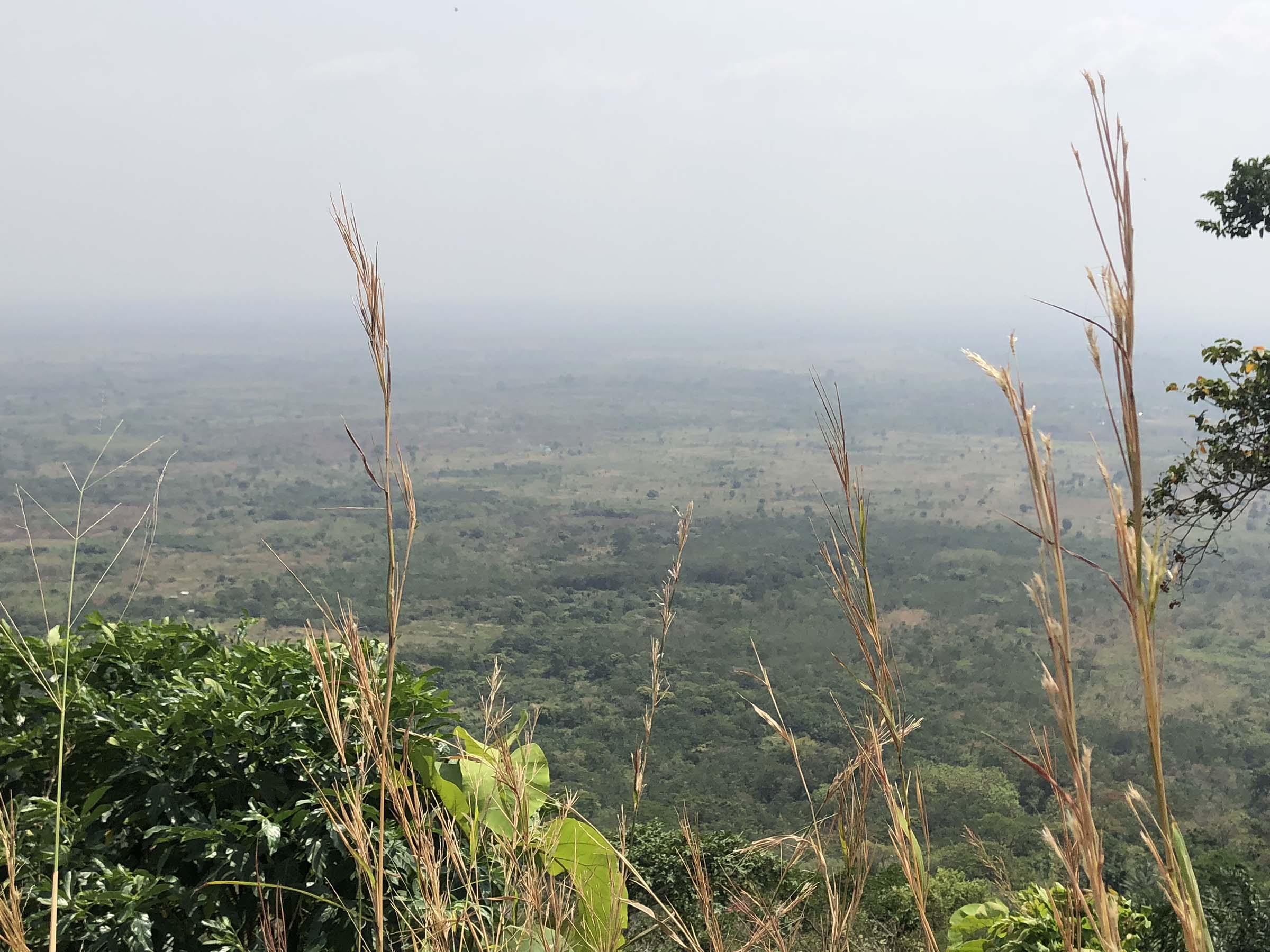
How often do you get to say that you’ve been to the highest point in a nation? Togo is a relatively flat country, but there is a small smattering of mountains in the southwest quadrant near the border with Ghana. Of these, Pic d’Agou has the highest summit at 986m (3234ft) and it makes for a very enjoyable journey to the top. Nearby is the lovely city of Kpalimé, which despite having a population of over 100,000 people, remains chill and relaxed; its grande marché maintains a vibrancy without devolving into the hectic energy that infiltrates the grande marché in Lomé. It’s easy to combine Pic d’Agou and Kpalimé into a pleasant day trip from the capital. Here’s what you need to know!
Shared Taxi Stories
As I have mentioned before, traveling by shared taxi is the most common form of long distance public transportation in West Africa. Sometimes you will find buses or vans running a route, but more likely than not, you will be traveling by car. All shared taxis have at least six “seats,” plus the driver. Four people fit in the back, and two sit in the passenger side front seat, essentially on top of one another. A shared taxi will not depart until all six seats are paid for. You can purchase more than one seat (I always paid for two seats and rode in the front passenger side by myself) thereby affording yourself a little more comfort and accelerating the departure process.
I found that there was safety in numbers when it came to negotiating price as well. If you hear that everyone else is paying 5000cfa for their seats, then it’s difficult for the driver to charge you more than everyone else. (This will only benefit you if you can understand French or whatever local language is being spoken though!) My technique was to approach a fellow passenger before speaking to the driver and asking them how much they were charged. I would then approach the driver and say, “I hear it’s Xcfa to go here?” The driver wouldn’t be able to say otherwise, and I would wind up paying the local price.
Of course, not all drivers are scrupulous. When I was negotiating a shared ride back from Agbodrafo to Lomé, I approached a car with one rider already in the back seat. After agreeing on a price and telling the driver I would pay for the two front seats I got inside. We waited for another five minutes and suddenly the driver took off without having filled the other three seats in the back. I was confused, but assumed the driver had to get to Lomé for one reason or another and couldn’t wait any longer.
The other passenger in the back seat got out about halfway between Agbodrafo and Lomé, leaving me and the driver alone in the car. The driver, in French, explained to me that since I was the only rider in the car, I would need to pay for all six places when he dropped me off at Lomé. I dug in and told him that I agreed to pay for two spots, which I would, but I would not pay for all six. I told him to stop and wait for more people, but he kept driving, insisting I pay for all six seats. Our exchanges became more intense. My limited French was not allowing me to express everything I wanted to, but I didn’t want him to think I didn’t understand what was going on. I wasn’t going to pay for more than two seats no matter what. As we entered Lomé he started demanding more money. I told him we should stop and ask some military guards to help us in our dispute. He stopped the car and told me to get out. I gave him the money for the two seats and away he sped.
Fortunately all my shared rides to and from Kpalimé were pleasant and stress-free, but you really must sort out every detail with the driver before getting into the car and make sure you both have clear understandings about how far you will travel, how many seats you will take and what the final price will be. If you feel uneasy understanding numbers in French, take out your phone and punch the amounts into your calculator so there can be no disagreements or misunderstandings at the end of the trip.
Pic d’Agou
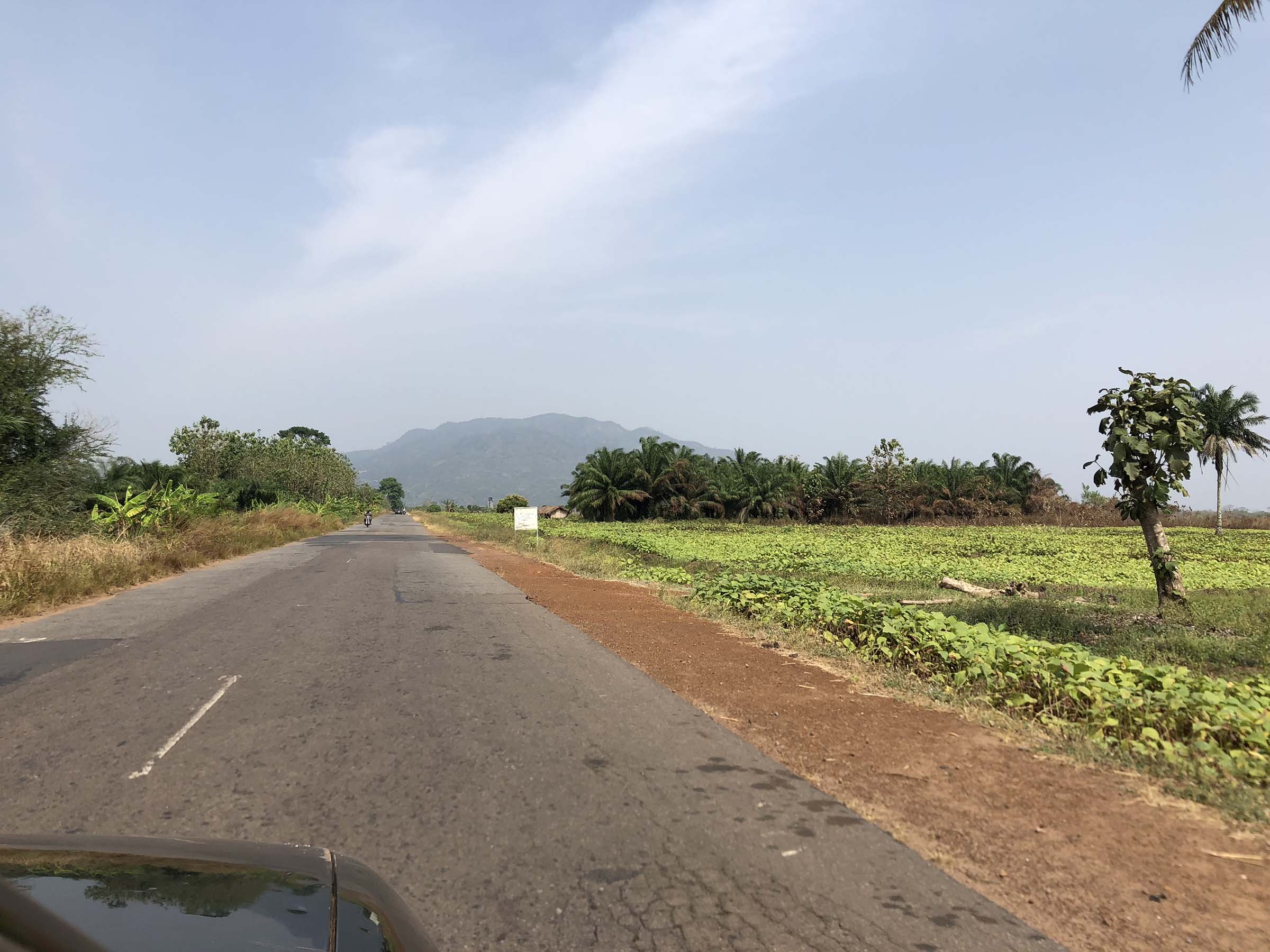
There is no official shared taxi station in Lomé. Instead, shared taxis congregate in different set locations all over the city, depending on the routes they run. It’s common knowledge amongst the locals where these taxi stands are; simply ask someone and they’ll tell you where to go. The taxis bound for Kpalimé depart from a parking lot behind the University Hospital Center in the Tokoin district of the capital. If you tell any moto-taxi driver that you are trying to get to Kpalimé, he will know where to take you. (My moto driver was very committed. He did not leave my side until I had secured my two front seats in a shared taxi.)
Note that even though these taxis were ultimately going to Kpalimé, you could tell the driver you needed to get out anywhere along the route between Lomé and Kpalimé, and your fare would be prorated accordingly. Kpalimé is about 120km (75mi) north of Lomé, but Pic d’Agou is at about the 100km (62mi) marker on the route. I was charged slightly less than the other continuing on to Kpalimé and once I got out the driver had the option to wait for another passenger to take my seats or to carry on to the final destination. He was close enough that he chose the latter, but if the entire front seat had emptied out in a town halfway along the route, you can be sure he would have waited for those seats to fill up again. Before committing to a particular shared taxi, find out where everyone else in the car is headed. If they are going to the end of the line, you will be less likely to face delays en route.

One fun aspect of riding in a shared taxi, especially as a tourist, is that everyone is very chatty, always inquiring where I’m from, asking what I have seen and done, what I think about their country, etc. Everyone looks out for you, giving you tips, warnings and ways not to be overcharged in the markets or by a guide. One thing no one warned me about (including my favorite punching bag, Lonely Planet), was that you need a tourist permit to visit Pic d’Agou! Luckily there is an office at the entrance to the park that will grant you a permit for 5000cfa, but beware that you must have your passport available for inspection to obtain the permit. You can hike the trails to the peak, which allegedly takes about four hours, or there are park guides on hand with motos ready to give you a tour of the villages producing cocoa and coffee along the road to the summit. Again, work out a price with the guide ahead of time, but I highly recommend going with the option. The moto ride up the mountain is a true thrill and my guide, who was born, raised and still lived on the mountain, was able to relay a fascinating history of the area.
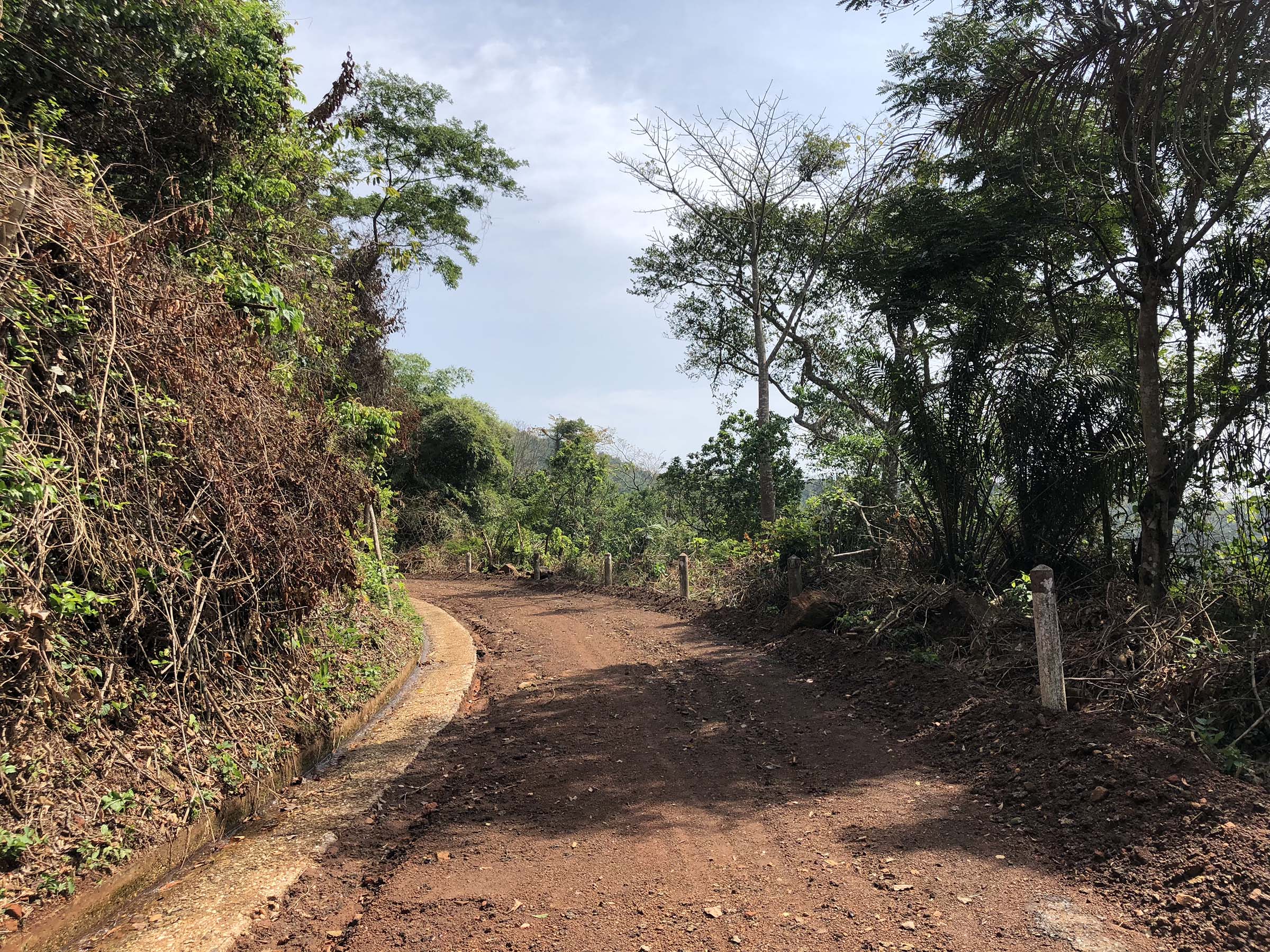
Most of the central region of Togo is characterized by rolling plains and grassy savannas. The higher altitudes provided by Pic d’Agou allow those who live here to grow crops that could not otherwise be grown in the country. Togolese coffee and chocolate may not be as well known as that which is exported from Ethiopia and Ghana, but the villages that blend into the dense forest of the mountain produce these necessities (yes coffee IS a necessity!) in abundance. Other fruits, such as bananas and papayas, thrive in the rich soil that covers the mountain.
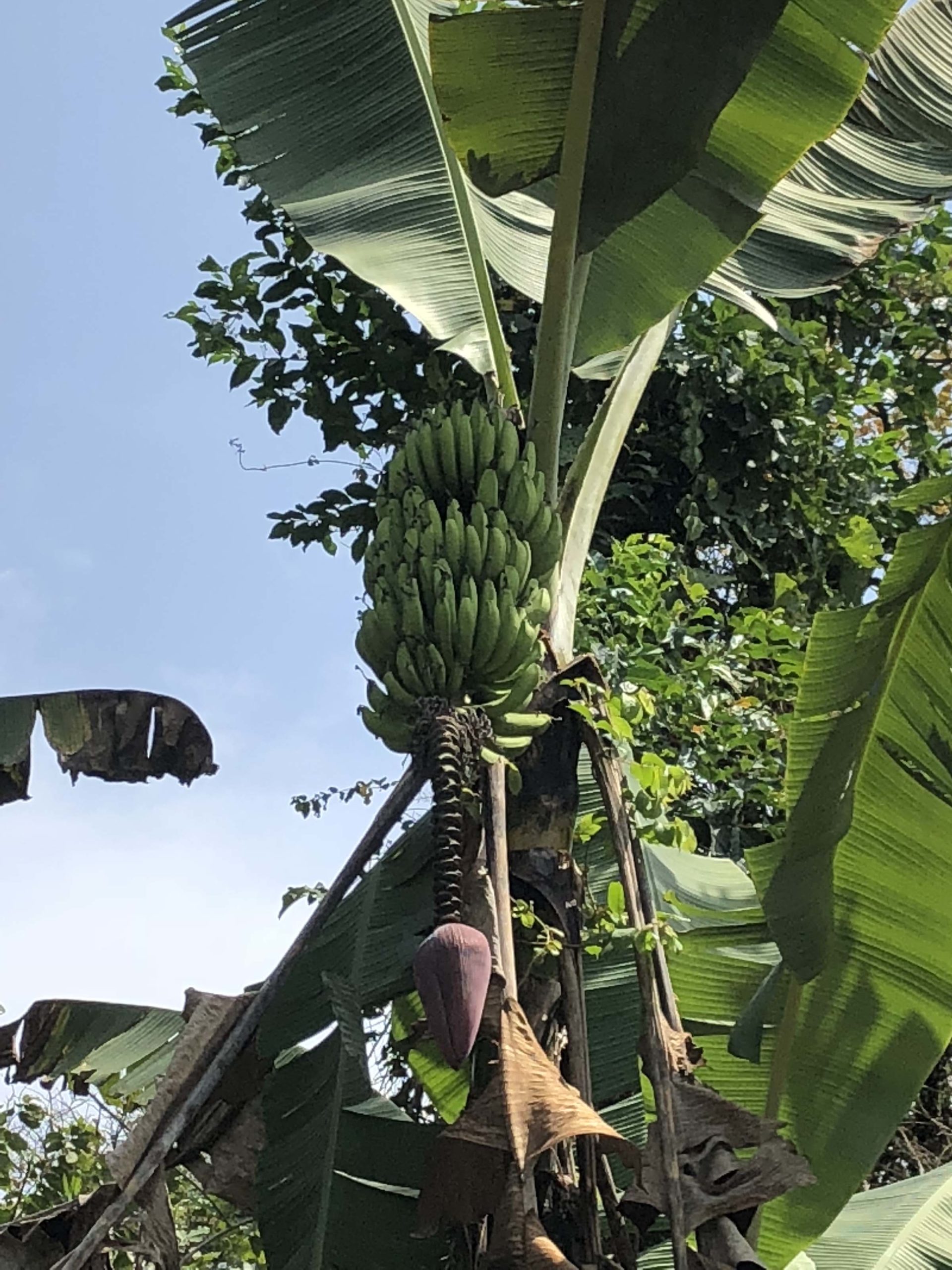
The summit is guarded by the military and they will need to see your permit before allowing you to gain entry. I guess meeting a New Yorker was a rare occurrence because all the guards wanted to show me around and practice their English. Togo’s radio and television broadcasting system is located here; the antenna’s powerful signal can send transmissions that can reach almost anywhere in the country. There are also hundreds of species of butterflies that call Pic d’Agou home, many of which enjoy the cool of the foliage in the upper strata of the mountain. The guards pointed out two butterflies mating on a cactus that had been planted by the guards a garden of their design.
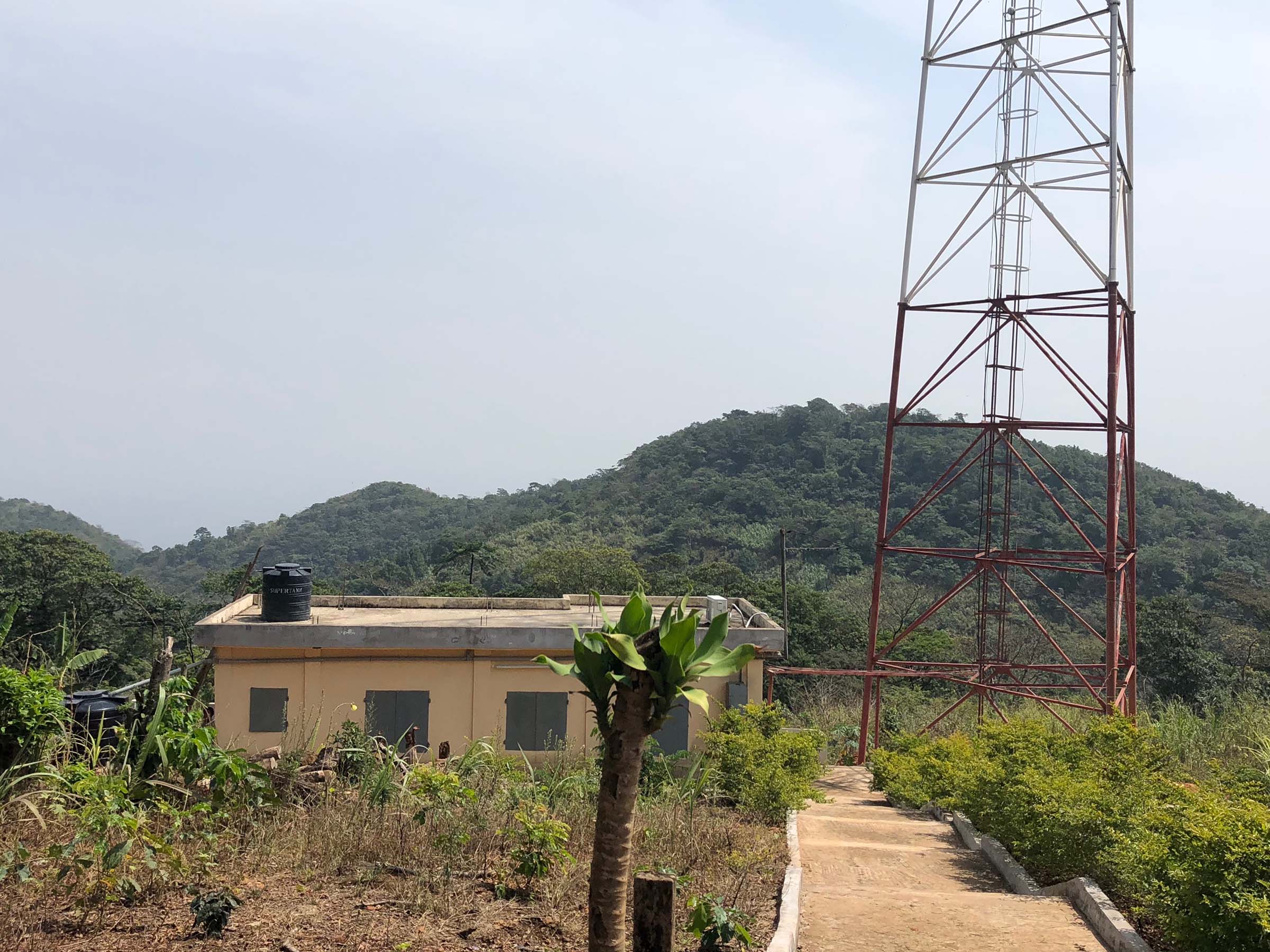
In 1884, when Togo was declared the German colony of Togoland, the strategic position of Pic d’Agou was not lost on the occupiers of the Togolese. The Germans created a stone marker to denote the mountain’s highest point and measured the Pic d’Agou’s height from this point. When the French gained control of Togoland in 1922, they surveyed the mountain and concluded that the Germans had made an error in calculation. There are two little hills at the summit and the French claimed the other hill was the true peak of Pic d’Agou. They built a second stone marker and said this is the new highest point in Togo(land). So who was right? It turns out the Germans got it right the first time and standing next to their original stone marker will put you on the real roof of Togo.
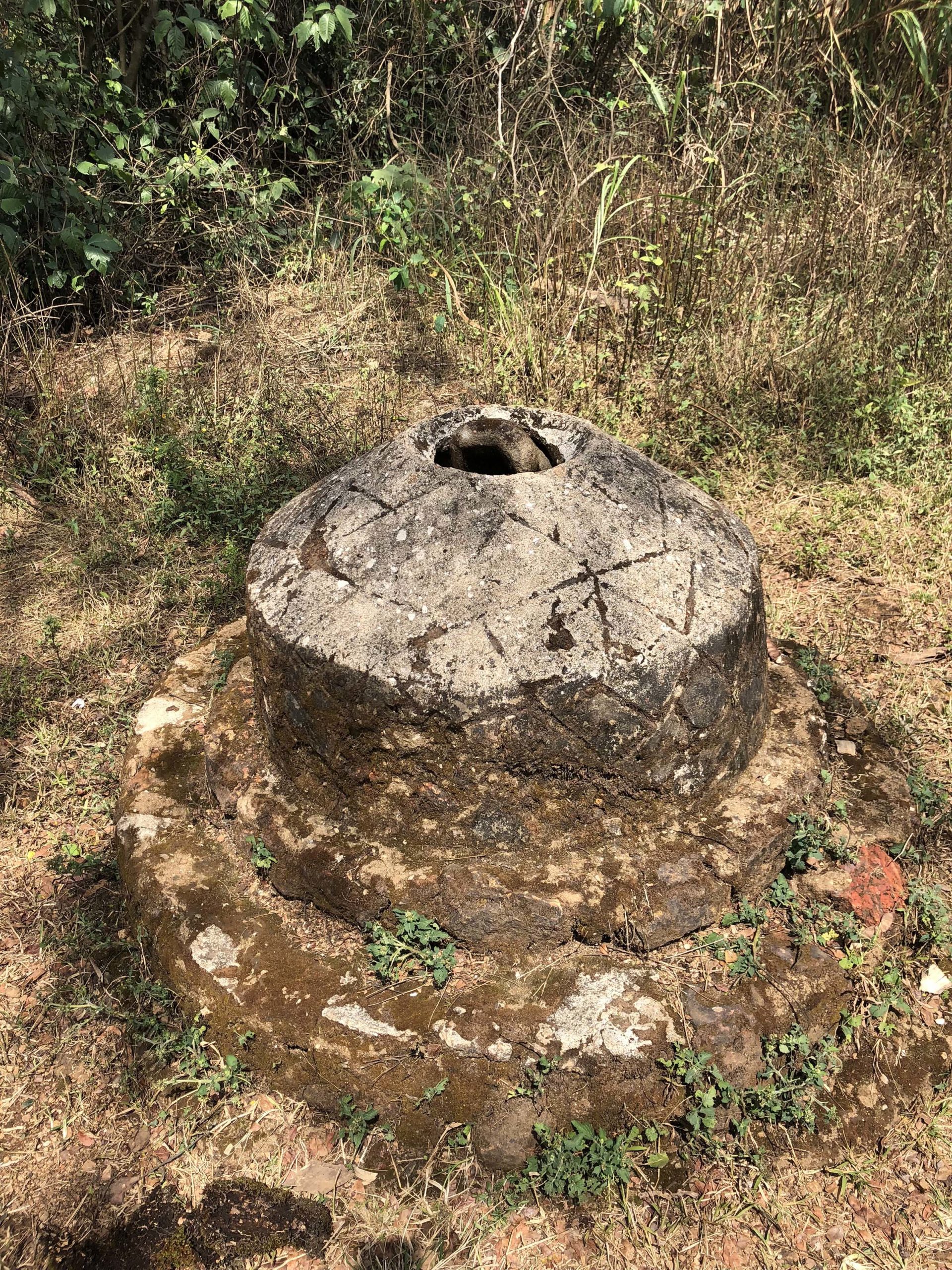

It was a bit of a misty day when I visited Pic d’Agou, but I still had stunning views of Togo and over the border into Ghana’s Volta region. I was told that on a clear day you can see all the way to Lake Volta, hundreds of kilometers away. My photos really don’t do justice to the panorama at the top, but that’s all the more reason should go to Togo and experience it for yourself.
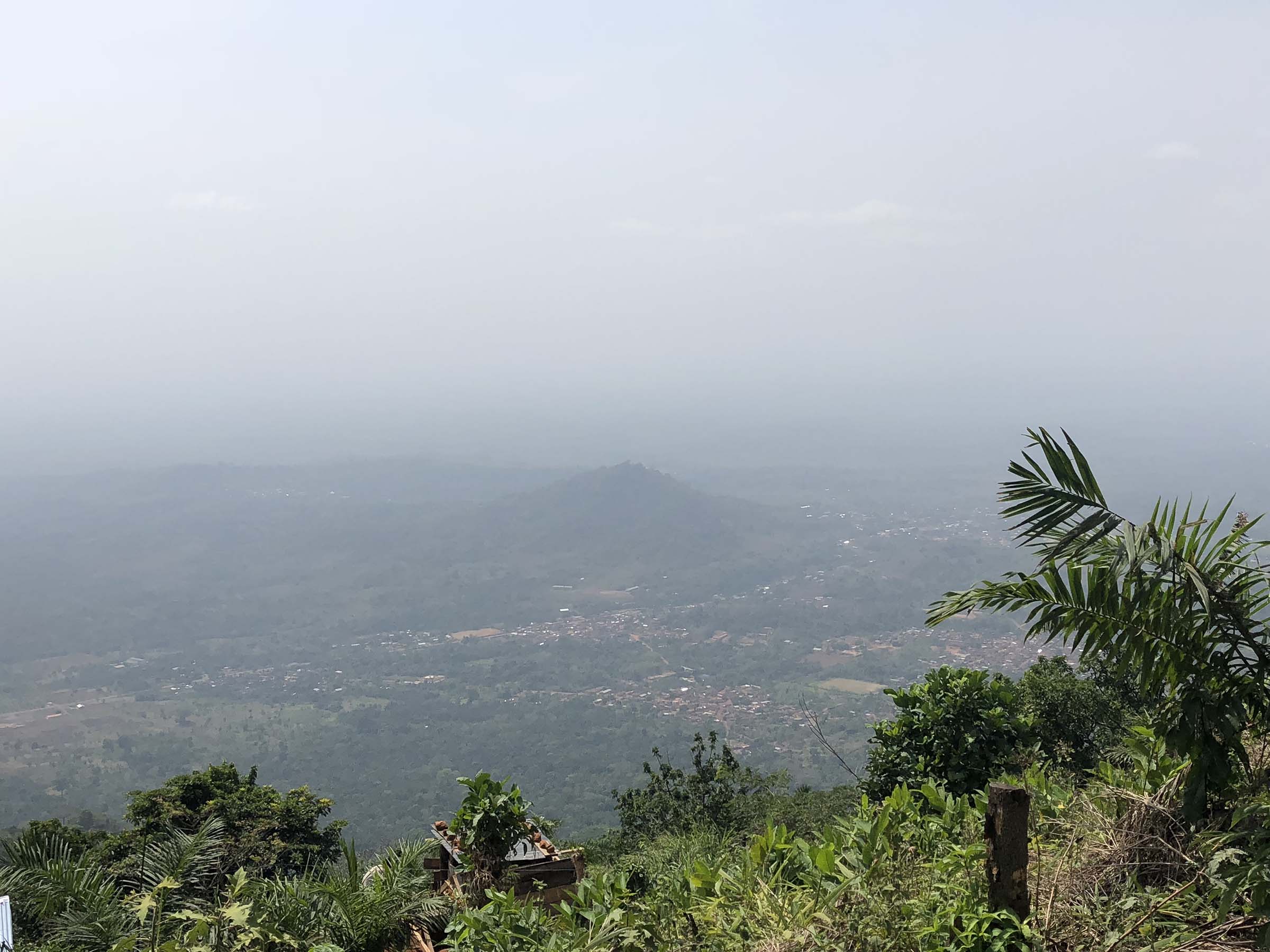
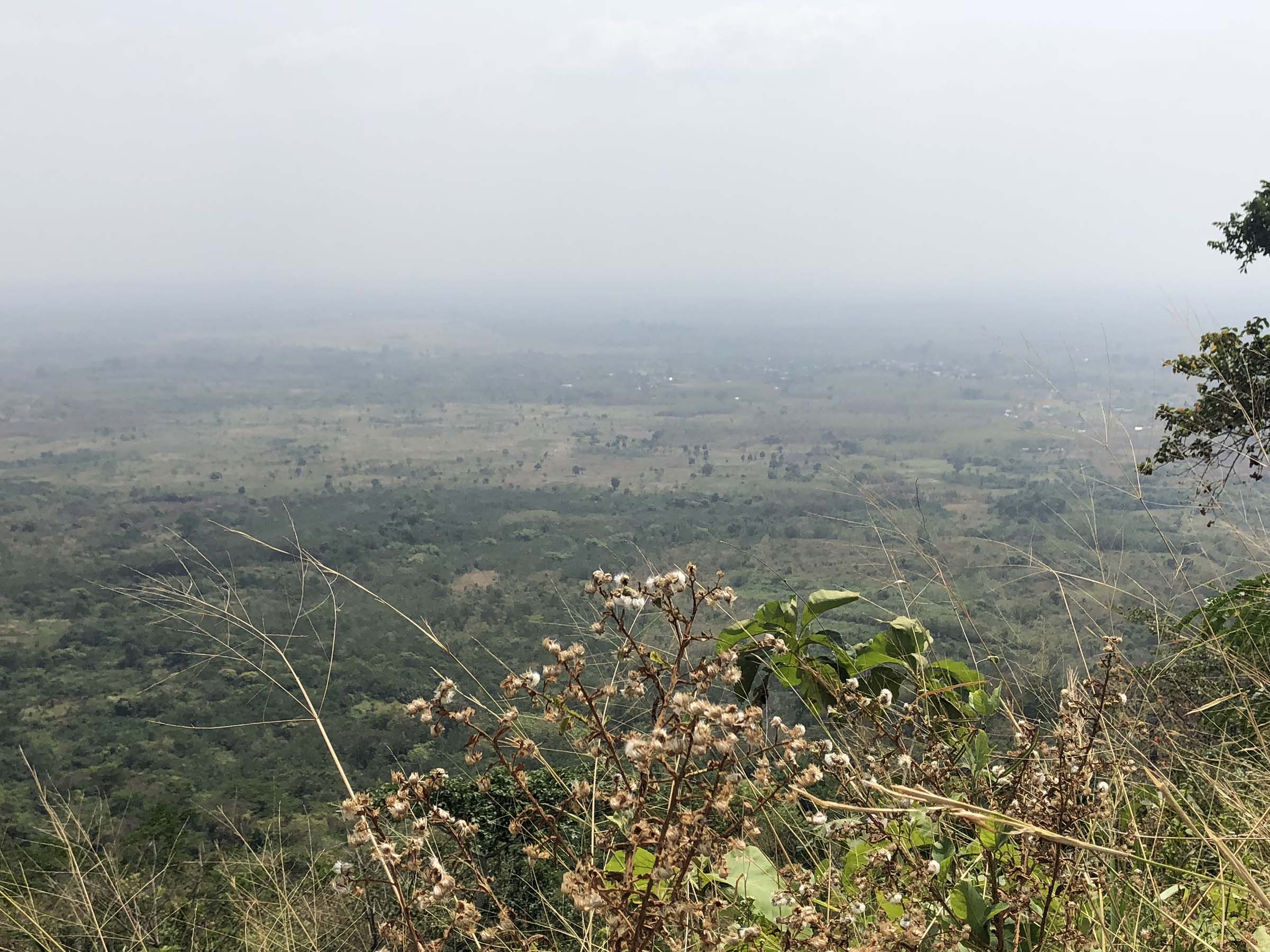
As we made our descent down the mountain, my moto-driving guide took me through his home village and showed me his house and introduced me to some friends and family. As we passed through each village, everyone was SO friendly, yelling out “bonjour” and “hello” as we rode by. Warm welcomes like this make you realize that the taxi driver who tried to scam me in Agbodrafo is the exception and not the rule when it comes to the Togolese.
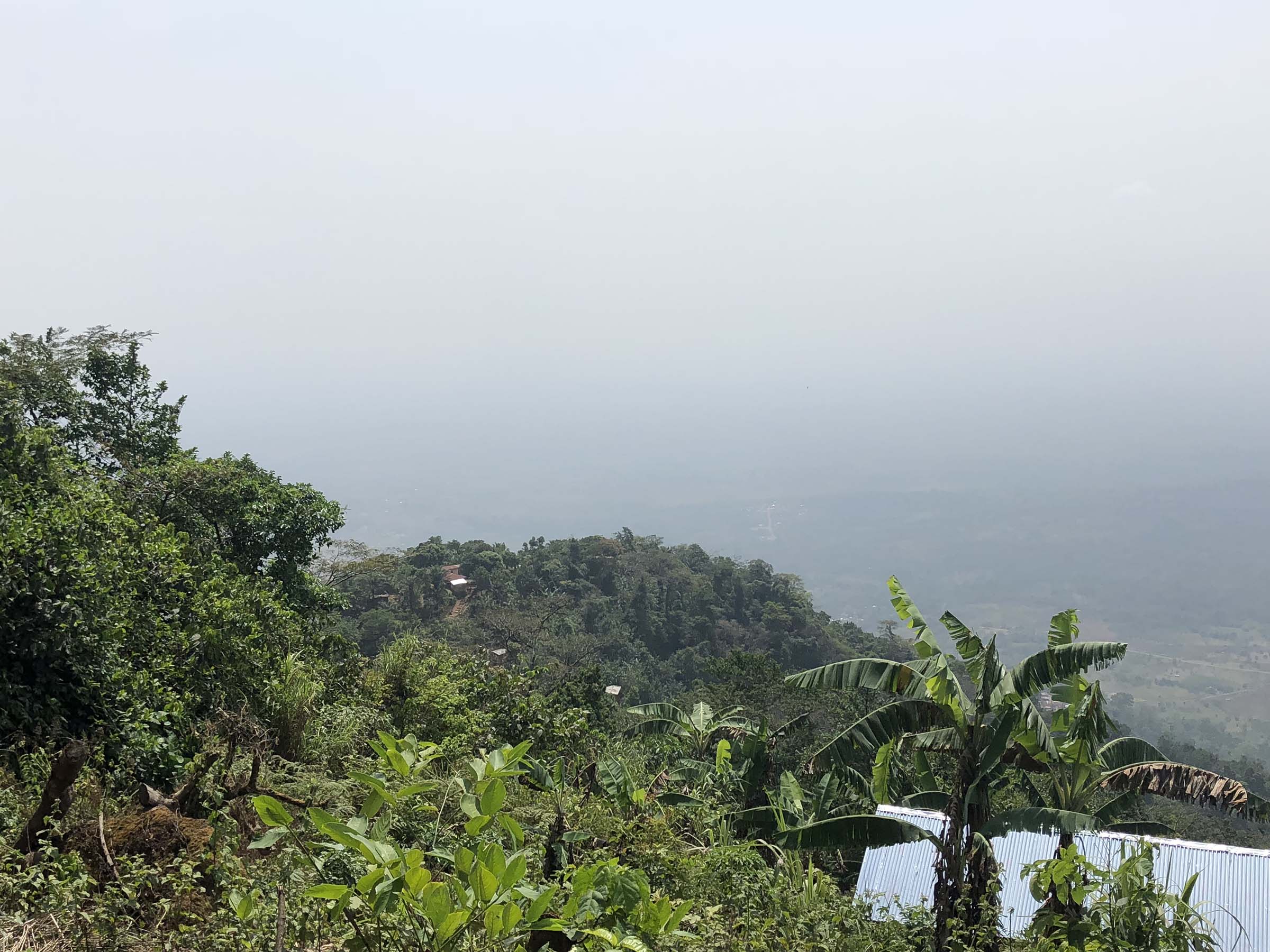
Kpalimé
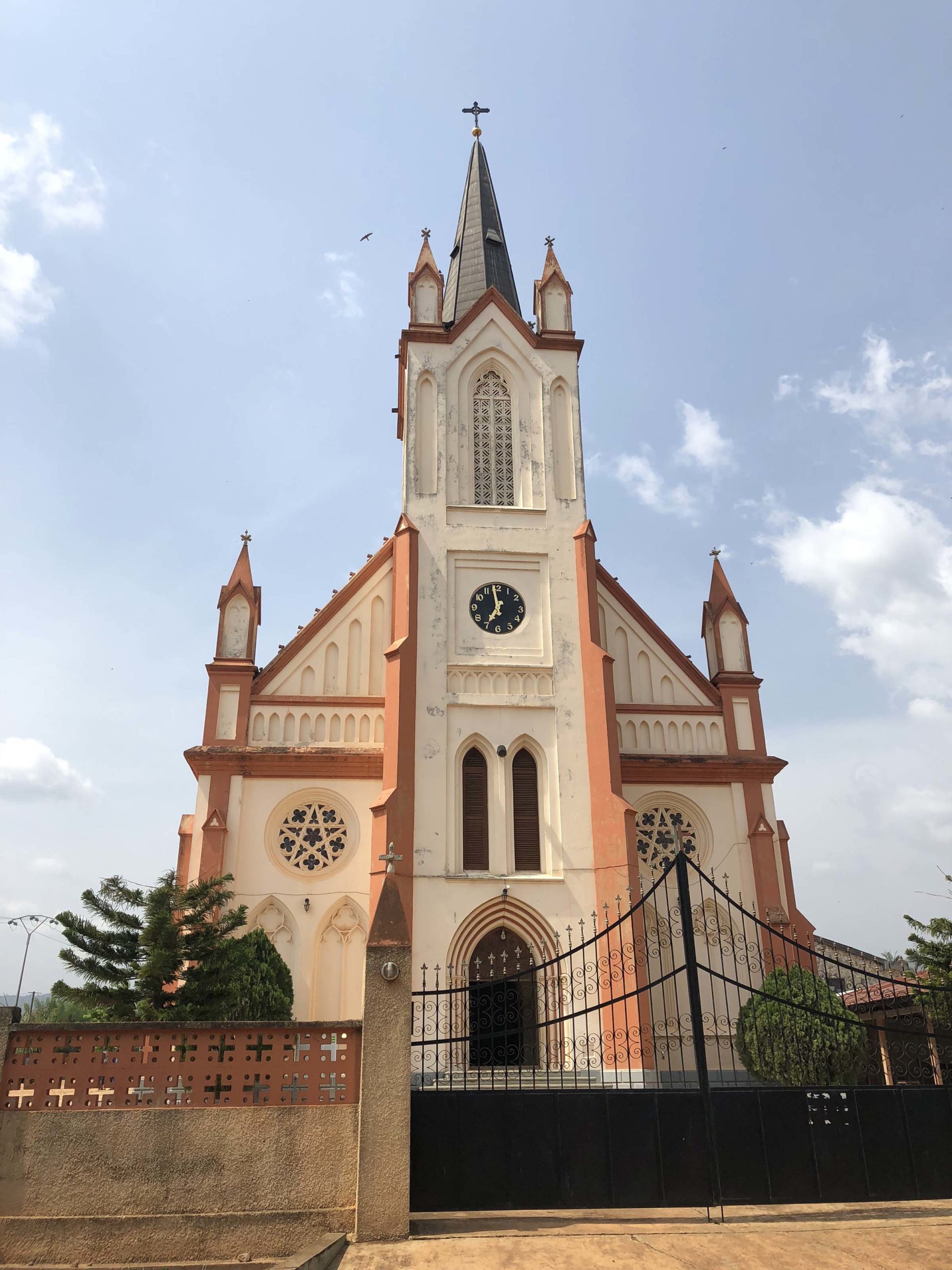
After we reached the base of the mountain once again, my moto driver made sure to help me flag down a shared taxi with an empty seat that was en route to Kpalimé. (This time I wasn’t able to snag the whole front seat to myself, but rather was crammed in the back with a young child on my lap, but it was all part of the adventure.) Before the driver left me off at the Cathédrale Kpalimé, I made sure to find out exactly where the taxis making the return journey to Lomé idled, so I would not be wandering the city and unable to make my way back home before nightfall.
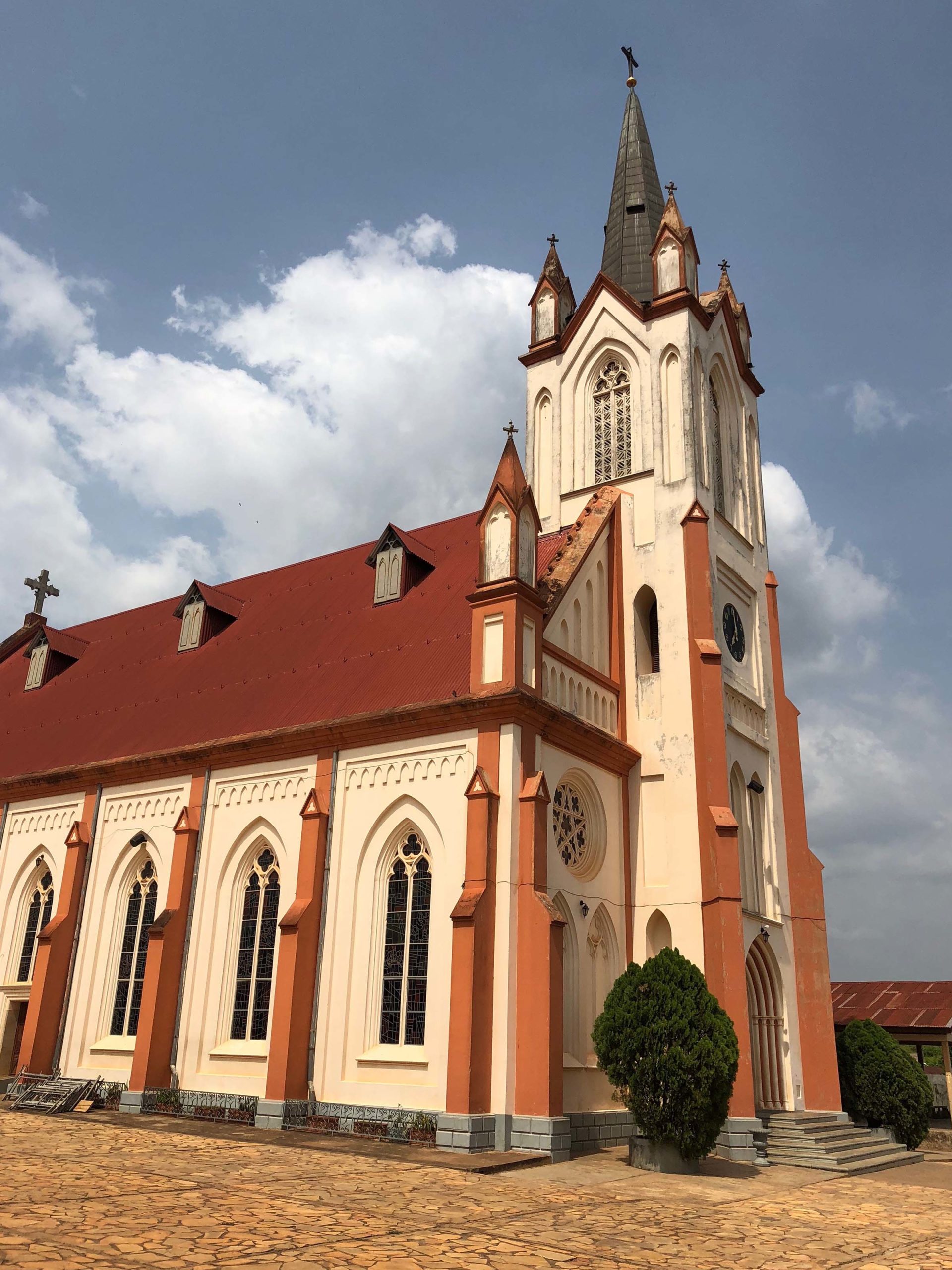
Kpalimé was a mere village when the Germans took control of Togoland in 1884. While Lomé and cities along the coast were well-established, the Germans sought out a location farther inland to be the base of their “hinterland expansion” of the colony. The fertile farmland around Kpalimé made its a prime candidate and soon the a depot was built to connect Lomé with this new outpost by rail. (The railway line has long since been out of operation.)
In 1902, the German colonists founded a Catholic parish in Kpalimé and in 1914 the the construction of the Kpalimé Cathedral was complete. No less than four months later, the British Army had entered Togoland from the west and captured Kpalimé. The thriving city remained in British hands until 1920 when it was handed over to the French when it was incorporated into French Togoland. It is one of the few cities in the region that was under German, British and French control.
When Togo received independence from France in 1960, church services at the cathedral were held in Ewe for the first time since its construction. Today this remnant of colonial rule is one of the top attractions in the city.
Grande Marché
Lome’s grand marché sets the standards for all markets in Togo, but Kpalimé’s grande marché nips at its heels. Kpalimé is the handicraft capital of Togo: wooden statues, bracelets, jewelry, fabric and metal trinkets fill the marketplace. There is even an academy in the city where students can learn a culture-based trade from local masters.
Aside from these traditional items, the grande marché has an abundance or fresh produce, poultry, fish and meat. I wanted to snap some photos of these colorful displays, but it felt intrusive to capture people on film who simply wanted to do their grocery shopping in peace. I did meet some Ghanaians at the market (Kpalimé is so close to the border that many Ghanaians pop over to do their shopping here) and they were so happy to learn that I had been to Accra a week earlier. I not only strolled with them around the market, but they offered to show me around downtown before they headed back to Ghana.
Return to Lomé
After I bid goodbye to the Ghanaians, I easily found the row of shared taxis waiting on the main road waiting to fill up and depart for Lomé. Although I had only been in Togo just shy of a week, I felt totally at ease with their system. After working out a price with the driver for the front seat, I settled in and began chatting with the other passengers about what everyone had purchased at the market and picking their brains for their favorite restaurants back in Lomé.
As the uneventful ride back towards the coast neared its conclusion, I realized just how comfortable I felt in Togo. I had no idea what it was going to be like traveling in West Africa. I knew it would be unlike any trip had I previously taken, and yet I felt so at home here. I had made two some wonderful friends in Igor and Cousin and been welcomed by the vast majority of Togolese everywhere I went. Ever since I left Togo’s borders, I’ve wanted to return. Like a siren’s song, Lomé keeps calling me back and unlike Odysseus, I will not be able to escape it’s lure.
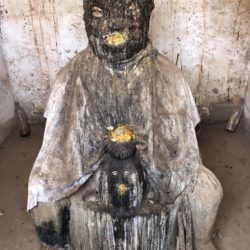
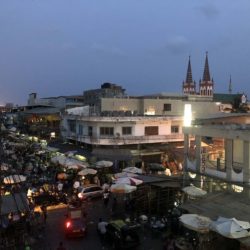
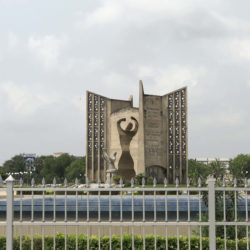
Hello Ben!! Thank you for the virtual road trip. I do miss home🙏🏾, this was nice
Thank you for your kind words, Elie! When I write about Togo, all I want to do is return!